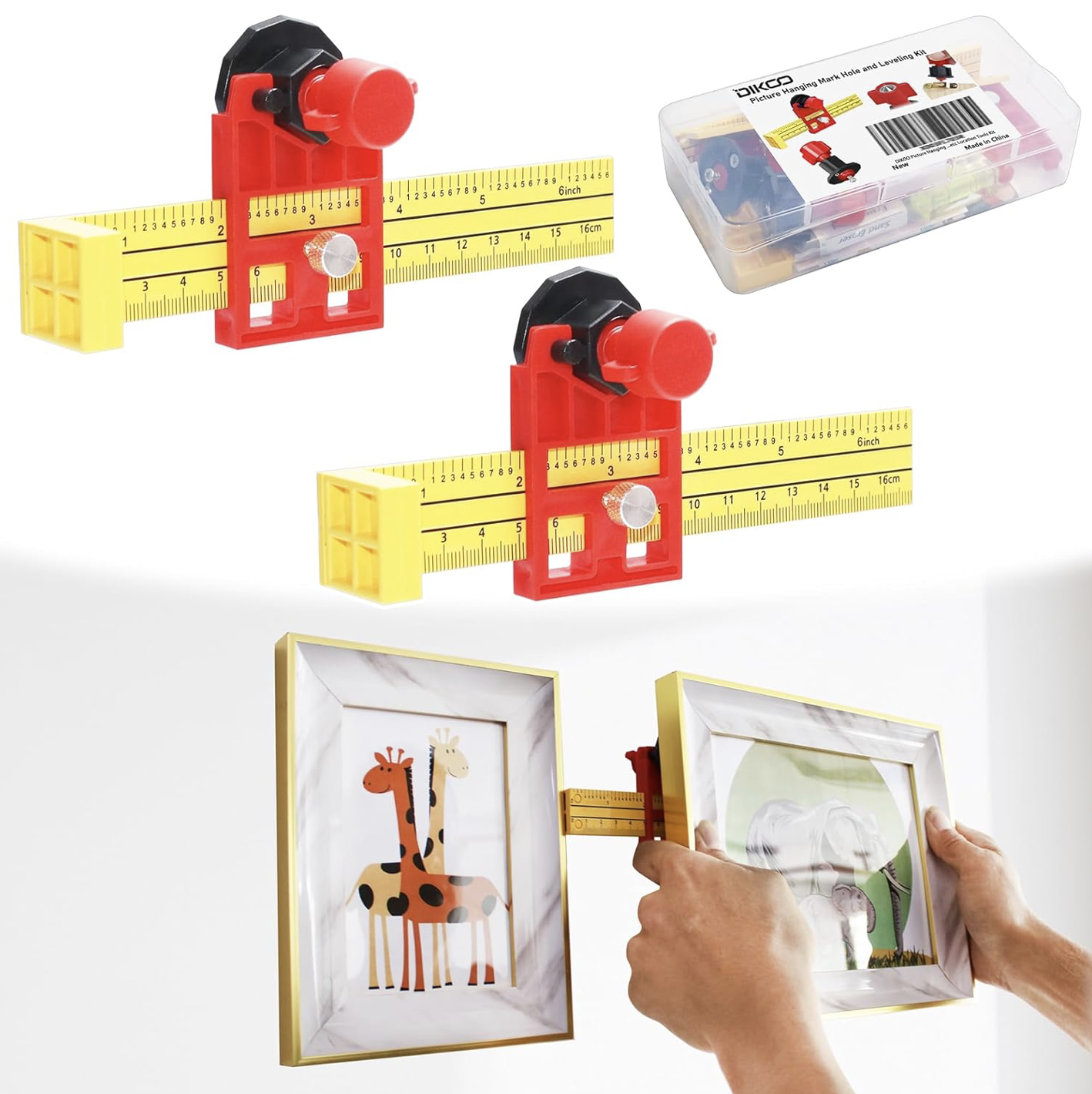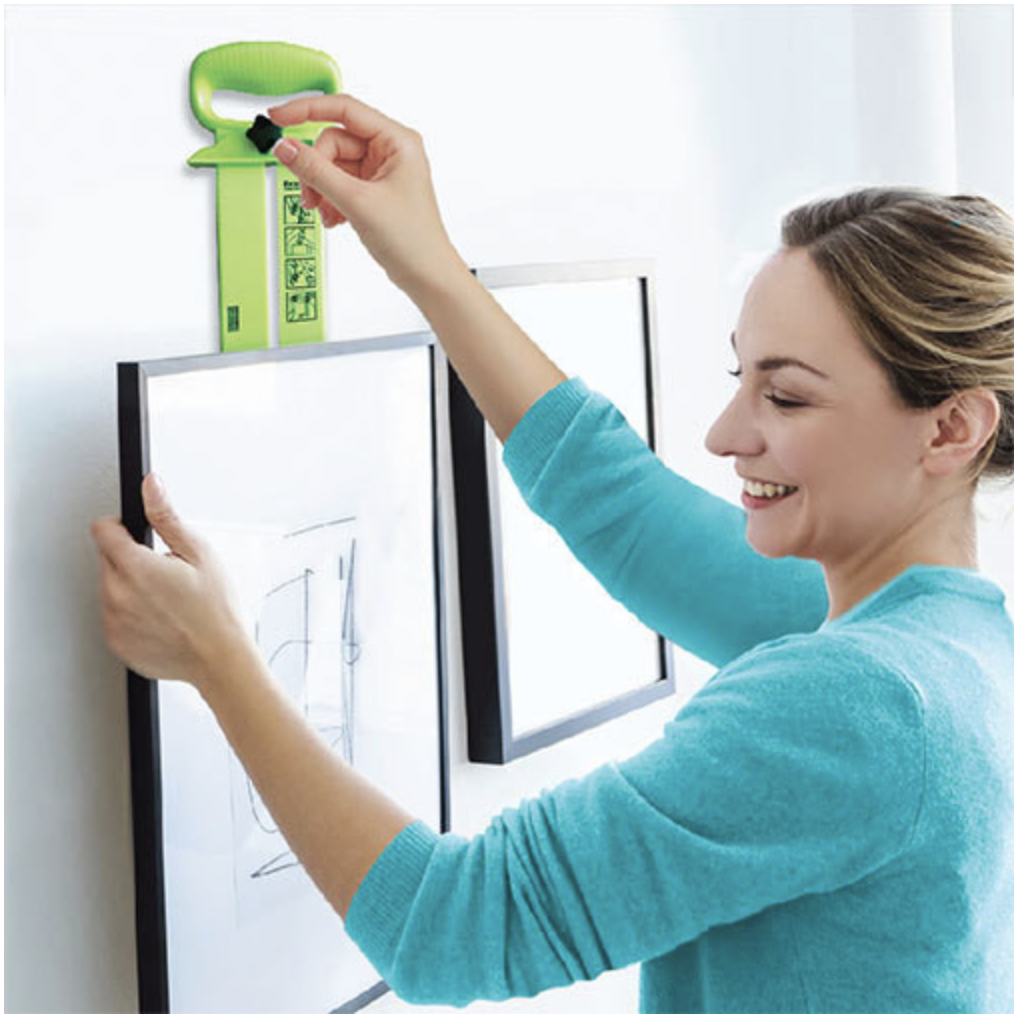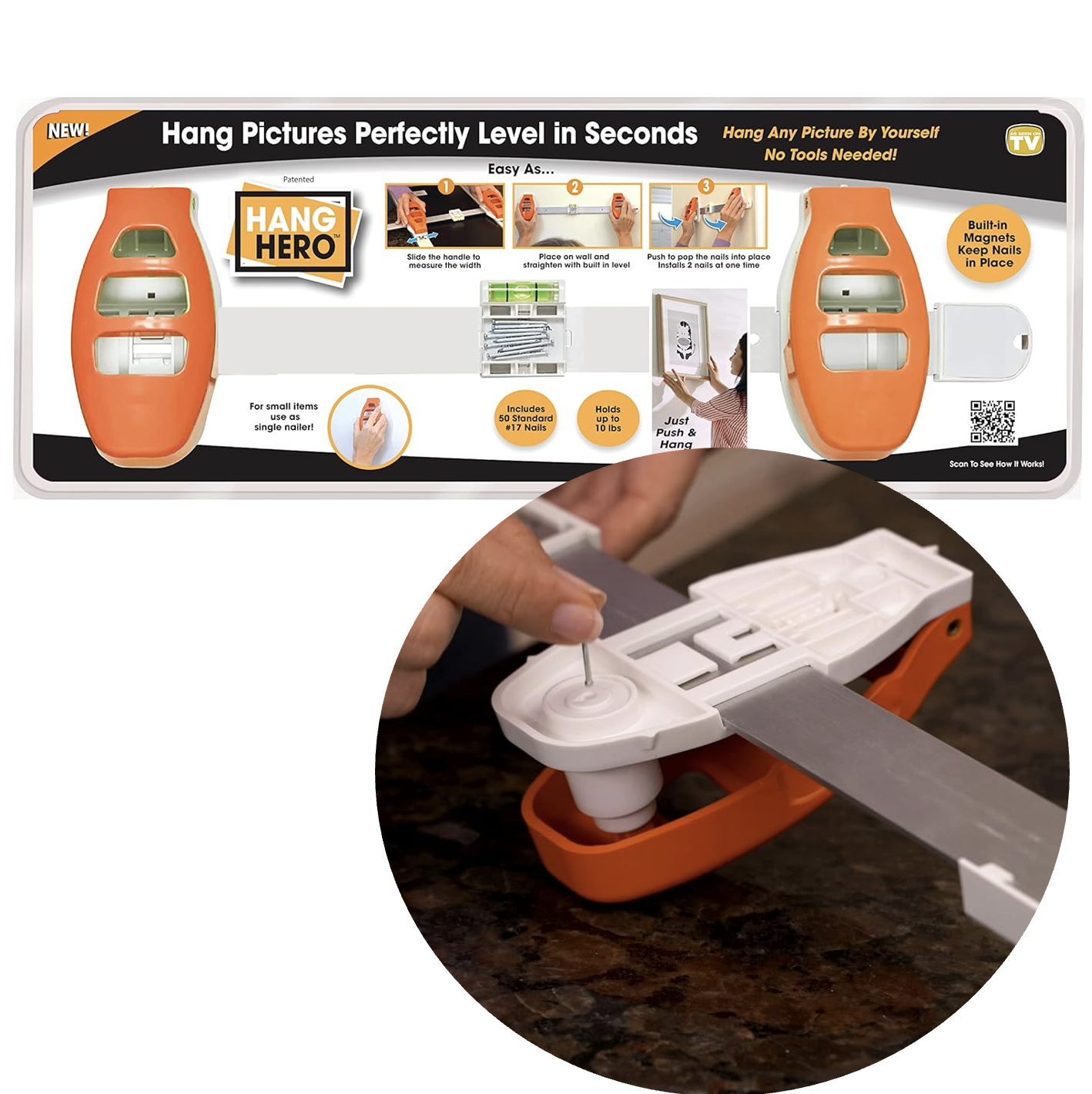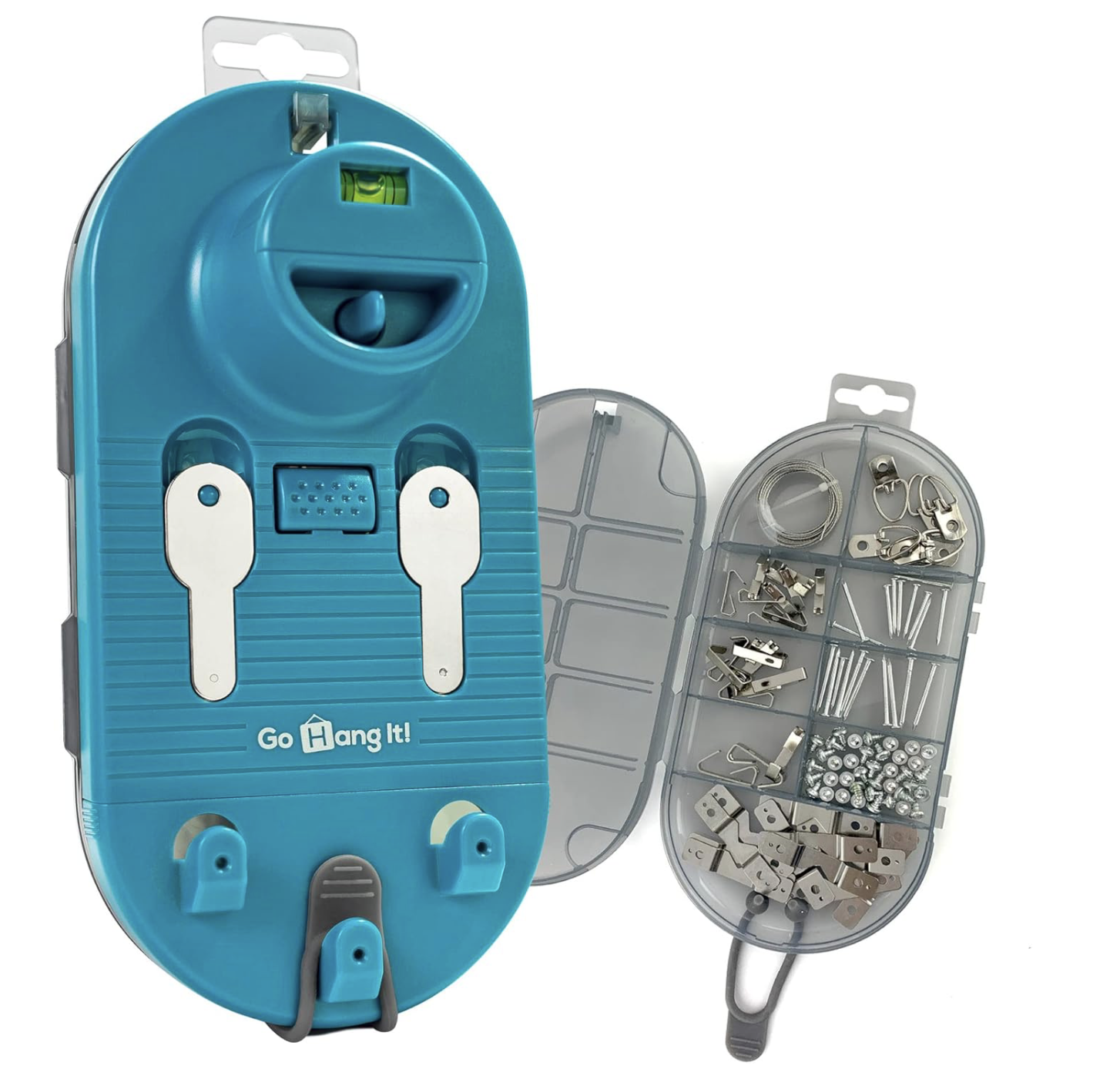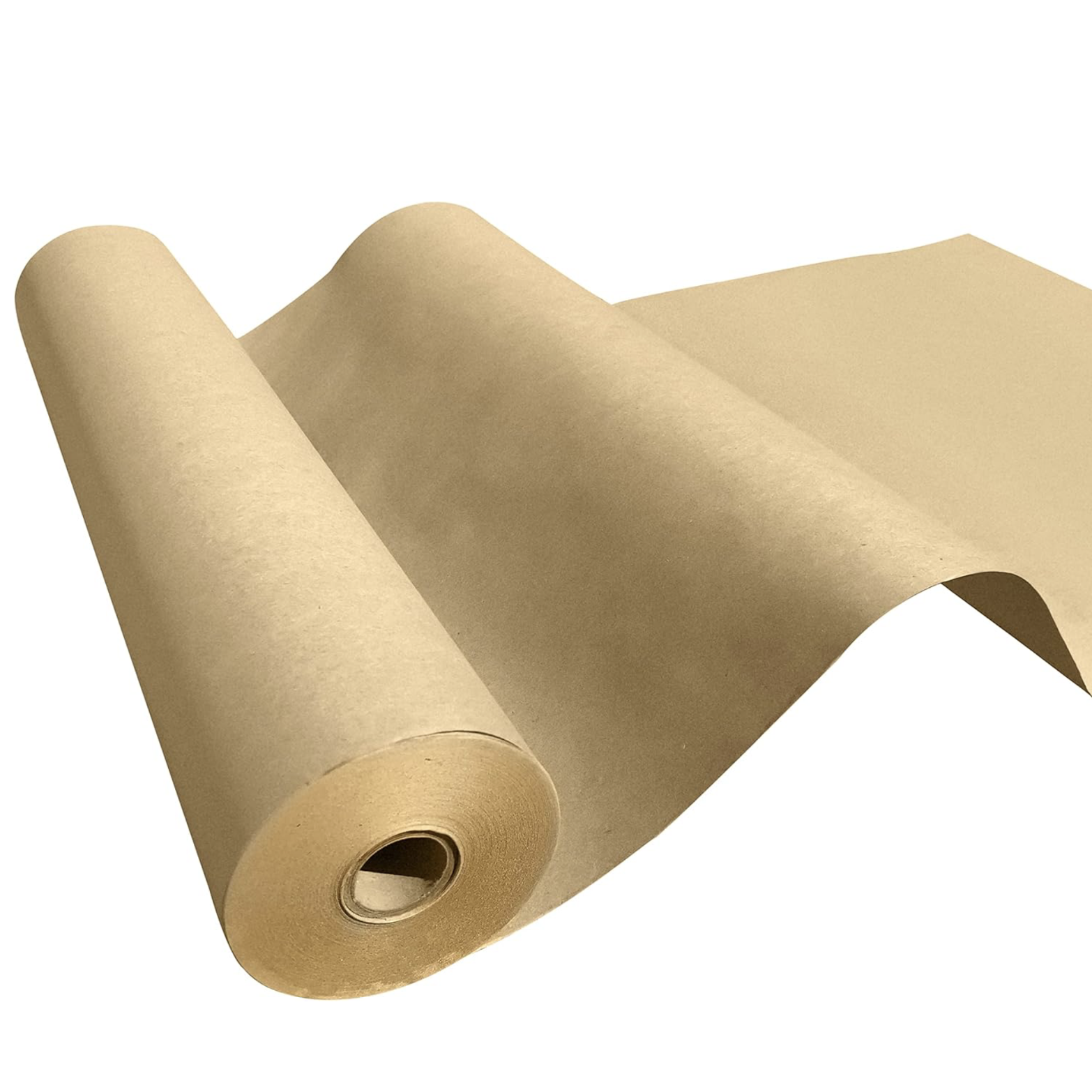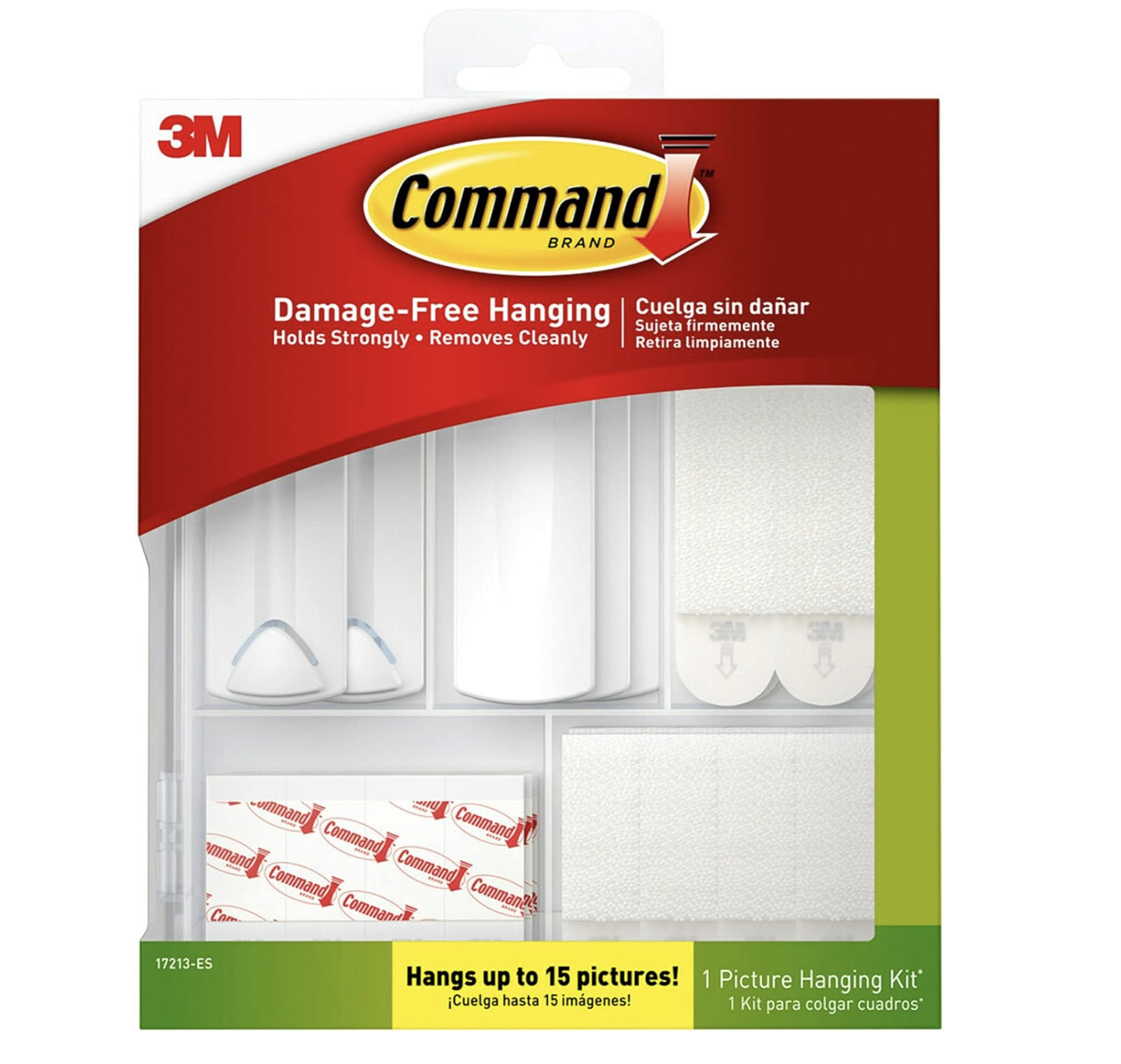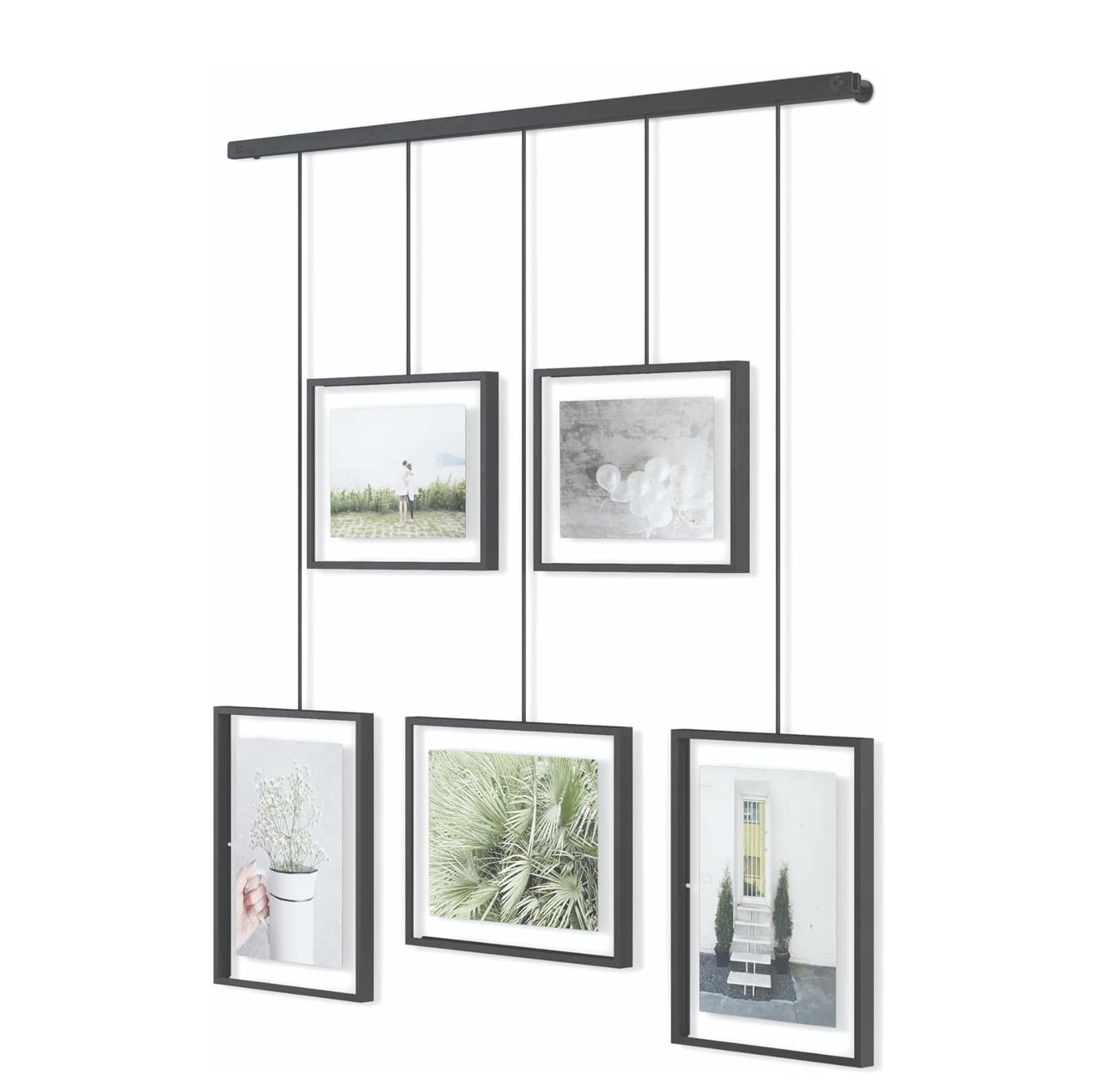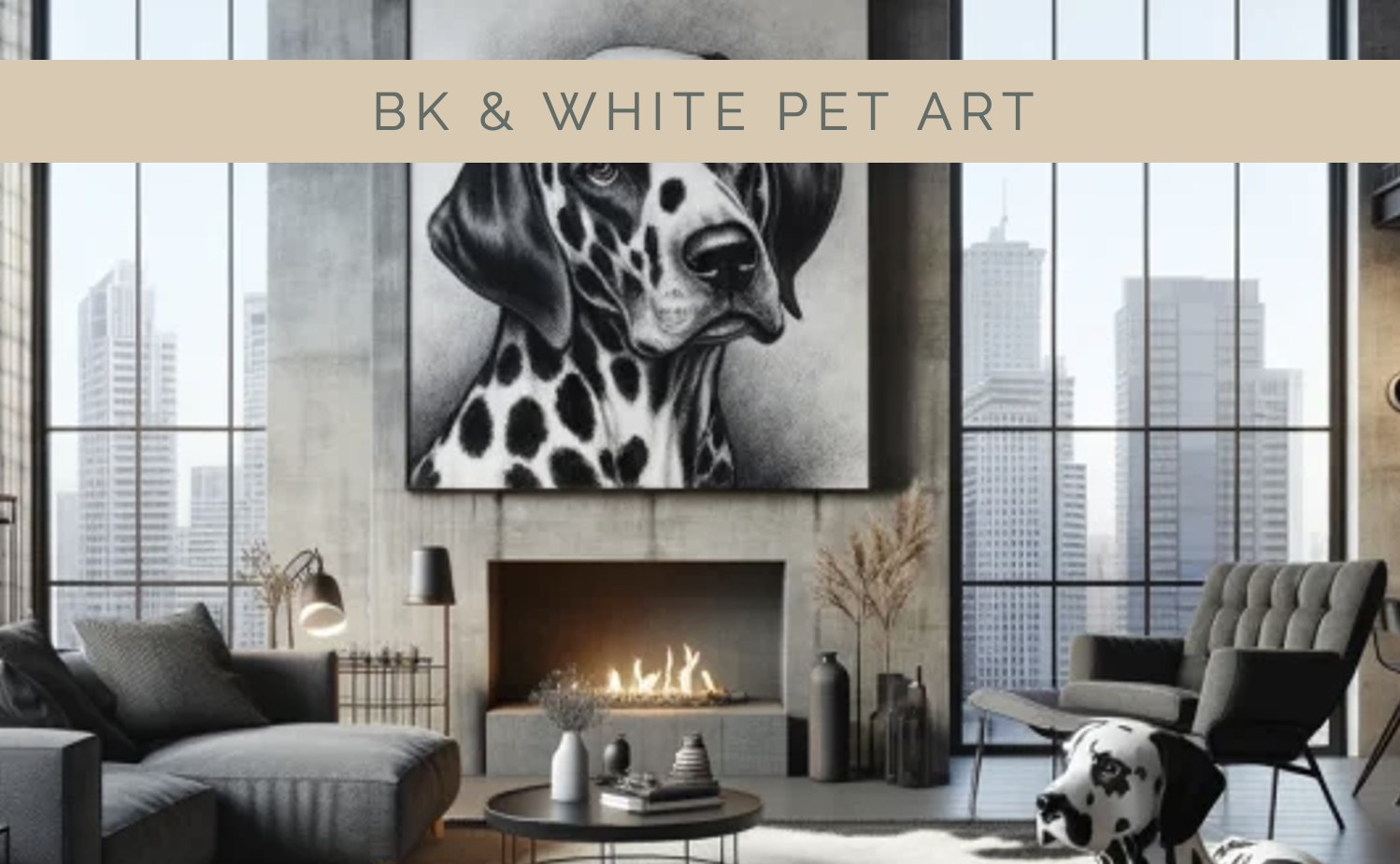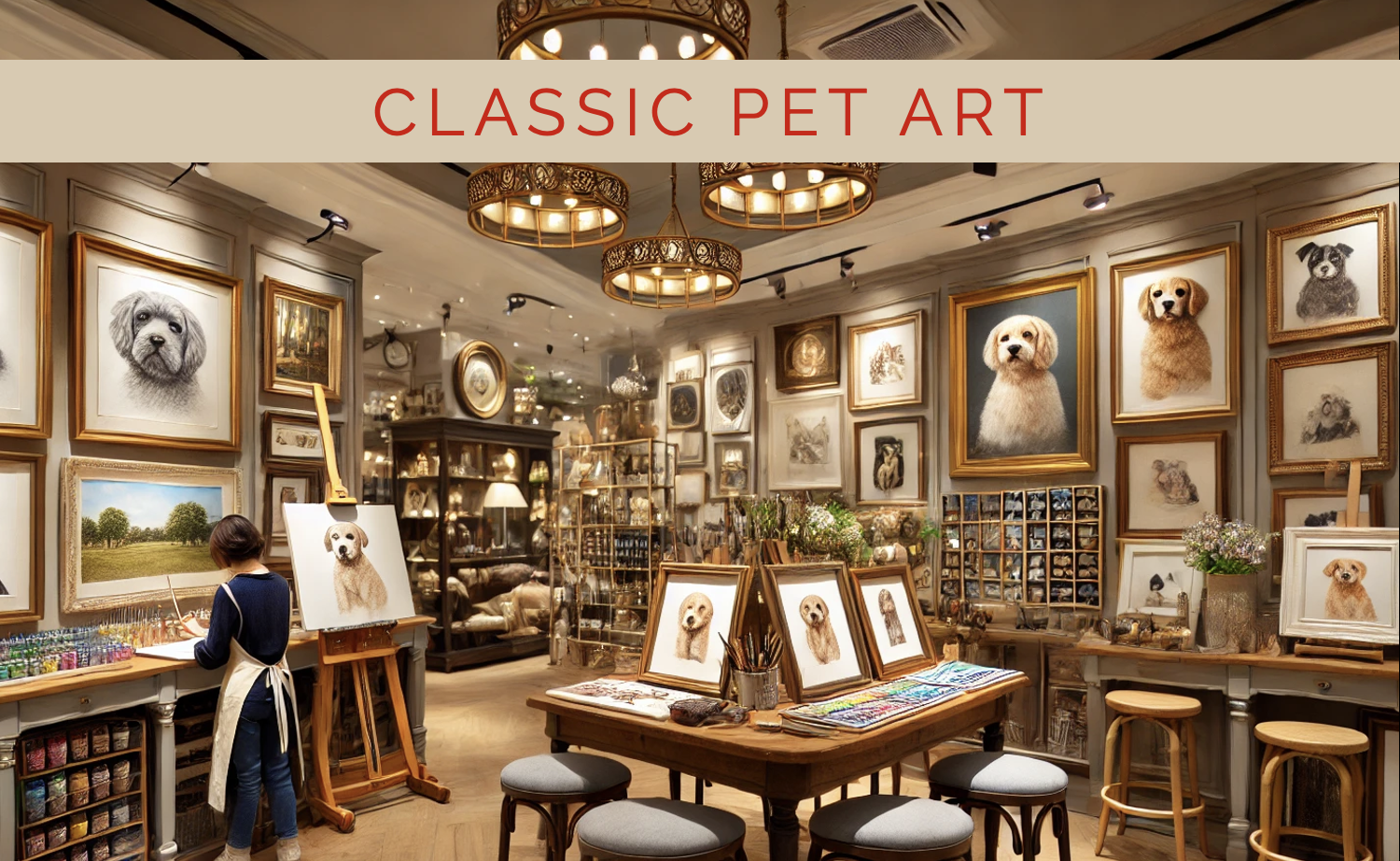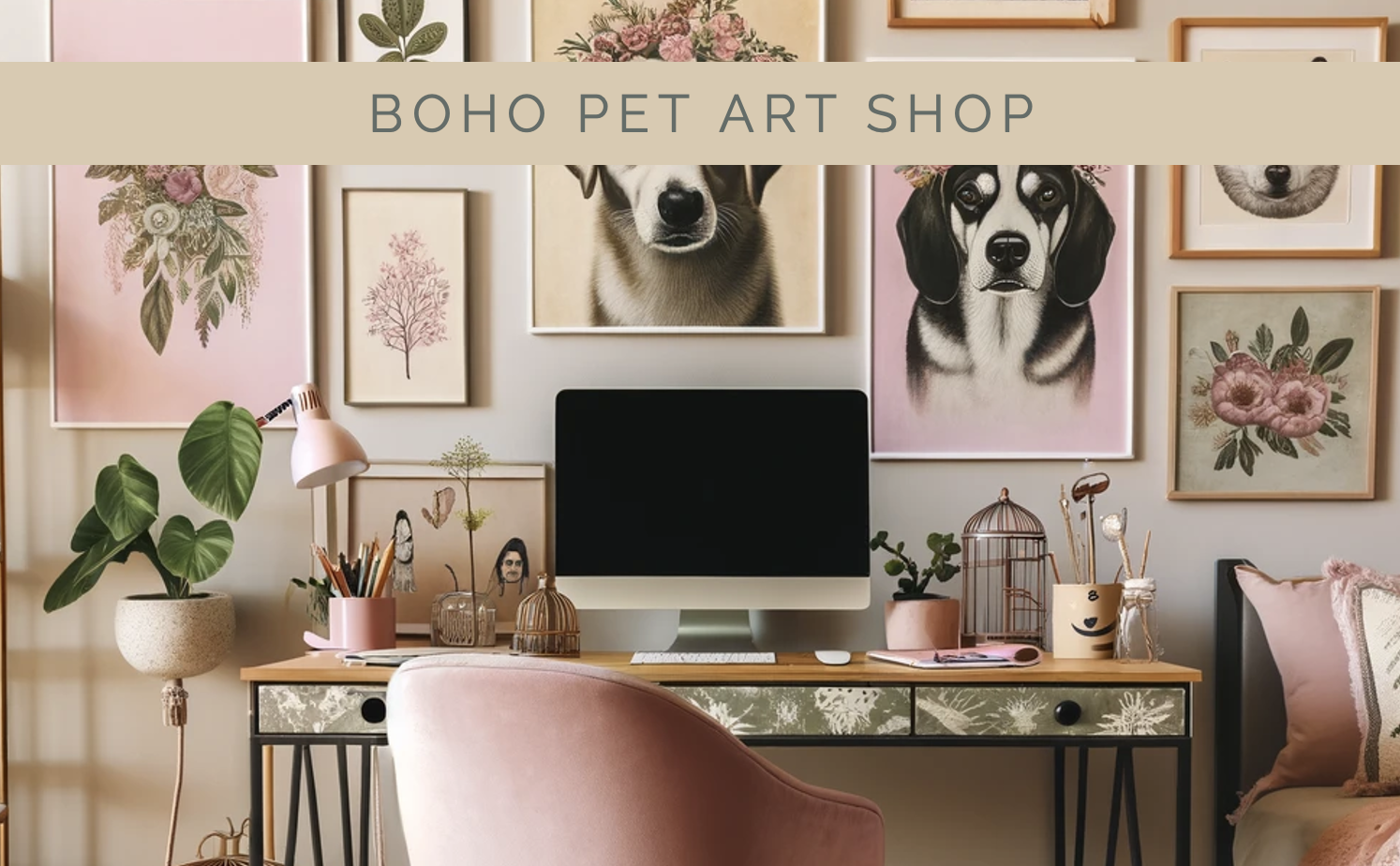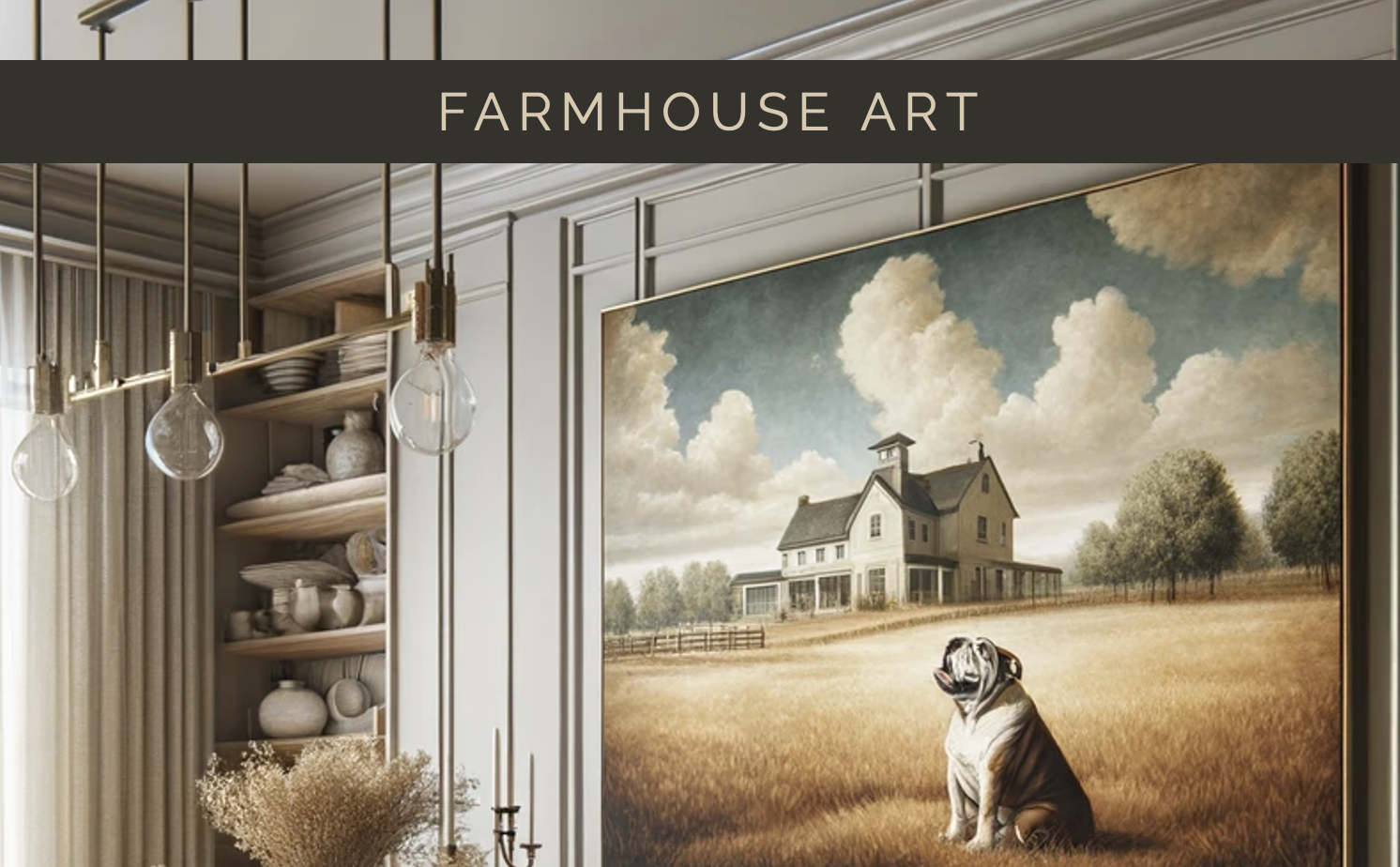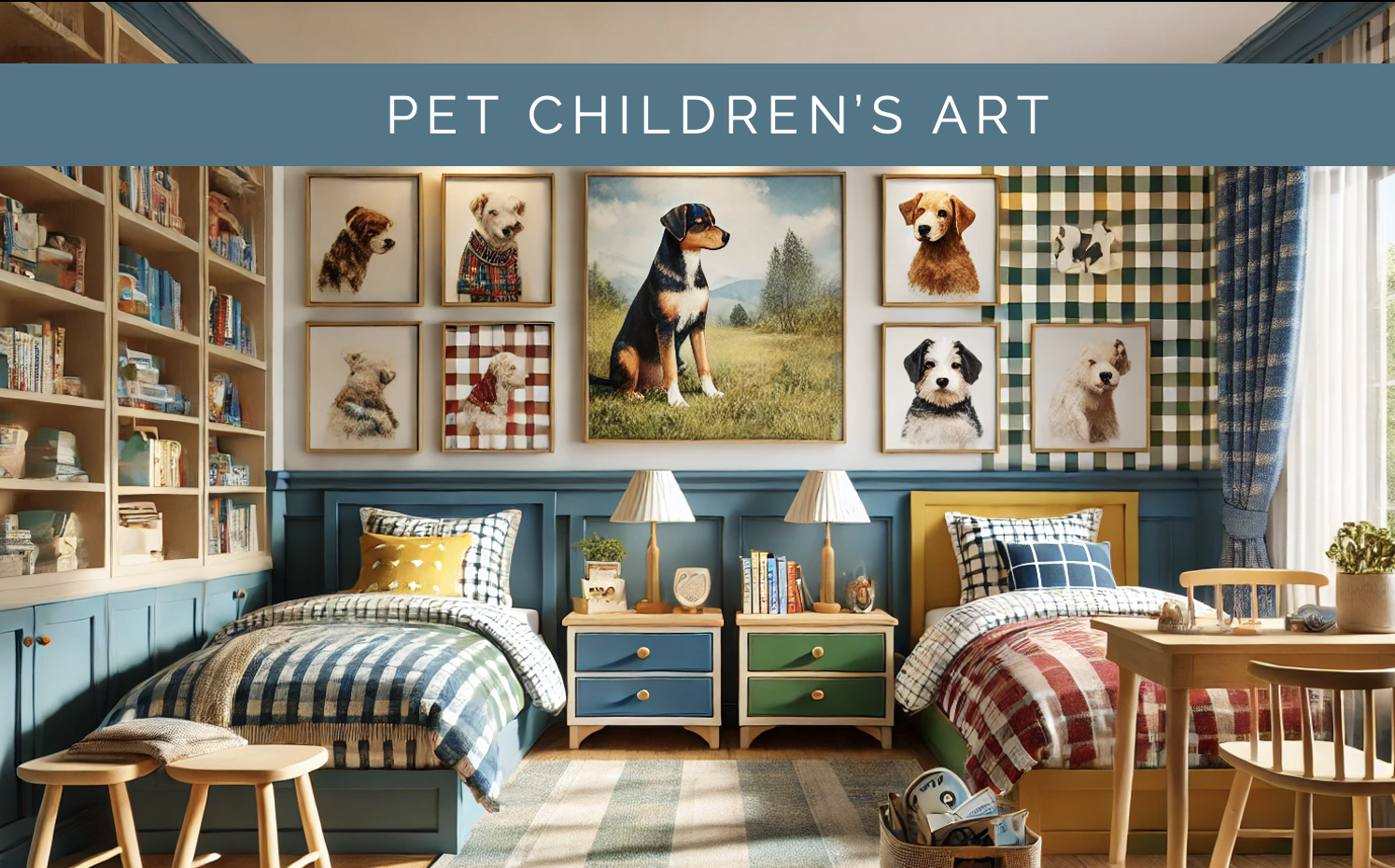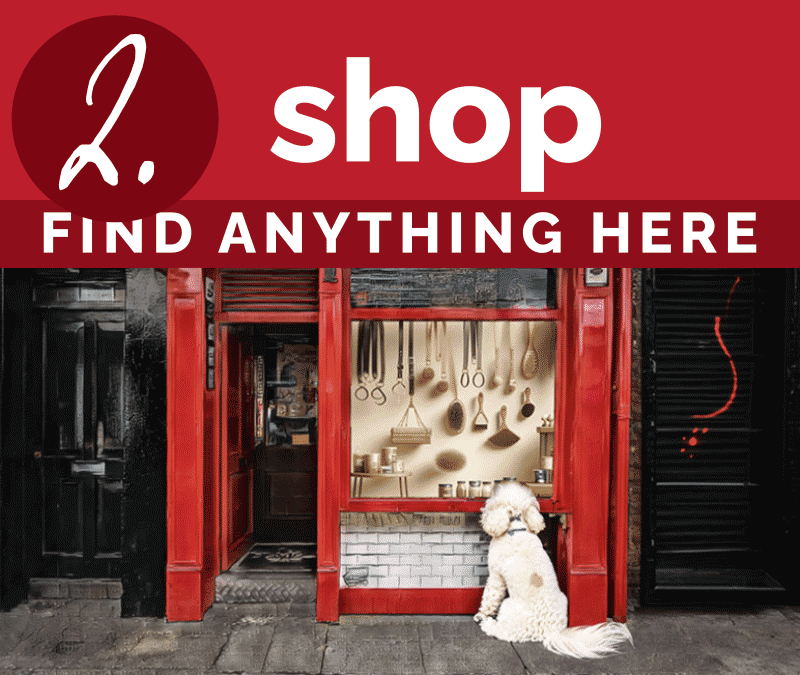Creating A Pet Art Gallery Wall: A Cozy Mix of Pets and Personality
Creating A Pet Art Gallery Wall: A Cozy Mix of Pets and Personality
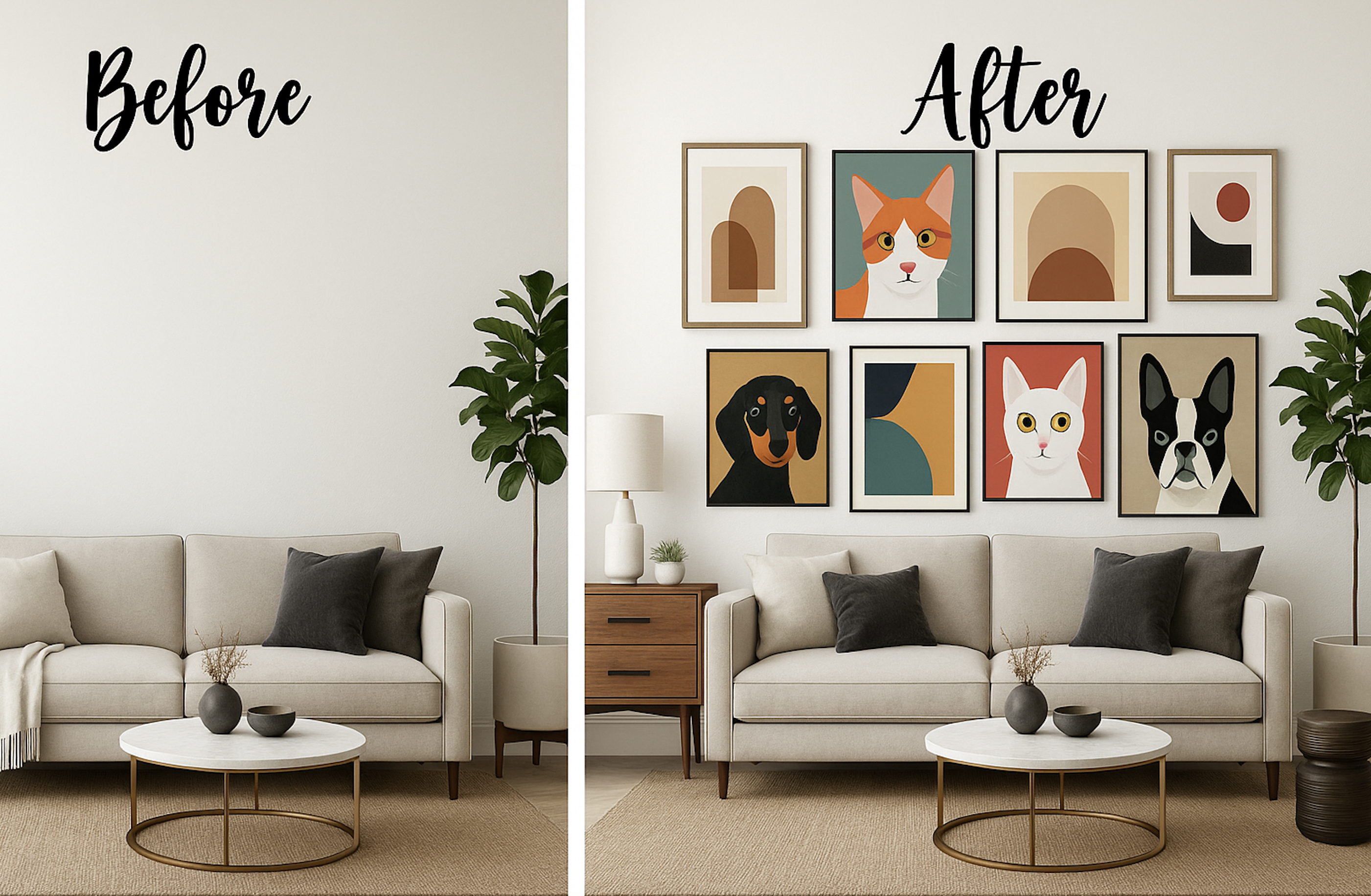
Curated art transforms a space from plain to amazing!
Written by: Purrsilla
I do love a well-curated gallery wall and when it features pet art? Darling, I practically purr. There’s just something irresistible about a wall that mixes charm, character, and the occasional wet nose. The art of a truly great gallery wall lies in its variety, its delightful quirks, and the way it weaves together a story worth staring at. So allow me share a few of my favorite tips for creating a pet art gallery that will transform your walls into storytelling masterpieces, because bare walls are simply so last season.
A gallery wall is more than just a decorating trend, is a storytelling design technique. A Gallery Art Wall is a curated collection of art, photographs, wall décor, typography, and personal mementos brought together to make a statement. While gallery walls are traditionally arranged on a single wall, they’ve also been creatively installed on ceilings, columns, and even table surfaces.
The beauty of a gallery wall lies in its versatility. It can be large or small, organized or eclectic, symmetrical or free-form. Most importantly, it reflects you—your story, your style, and yes, your love for pets. Whether you’re designing for your home, office, or business, a pet-themed gallery wall adds warmth, charm, and personality.
When it comes to creating a gallery wall, choosing a theme or set of parameters is the secret to making everything feel cohesive—even if the individual pieces are wildly different. You might start with a color palette, selecting art and frames in shades that work well together, like black and white, soft pastels, or bold jewel tones. Or build your wall around a specific subject, such as your pet’s personality, a favorite breed, or even places you’ve traveled with your furry friend.
“A pet gallery wall isn’t just decoration—it’s a love story told in frames.”
— Wild Love Tails
Other ways to create visual unity include mixing different media—like photos, sketches, paintings, and prints—while keeping one consistent element, such as frame color or spacing. You could blend pet art with family portraits, funny quotes, or travel photos for a more personal approach, or create a more polished, minimalist vibe with neutral-toned artwork and elegant typography. The key is to choose a direction that reflects your personality and makes you smile every time you walk by.
“Pet art transforms a blank wall into a joyful reminder of loyalty, laughter, and unconditional love.”
— Wild Love Tails
Designing a gallery wall is a creative way to add personality to your space, and there are several layout styles to choose from. A grid layout offers a clean, modern look with evenly spaced, uniform frames, while a centered layout builds around a single focal piece and works well above furniture or mantels. For a more relaxed and eclectic feel, try an organic arrangement using different sizes and shapes. Linear layouts, either horizontal or vertical, work beautifully in hallways and staircases, and a salon-style approach—filling the wall from floor to ceiling—can make a bold statement when done with intention.
To plan your layout, start by measuring your wall space and laying out your pieces on the floor. Use painter’s tape or paper templates to test arrangements before you commit. Keep spacing between pieces consistent, usually two to three inches, and choose a unifying element like frame color or subject matter to bring it all together. Handy tools like picture hanging kits, command strips, laser levels, or gallery wall apps can make the process easier. Don’t be afraid to adjust as you go—the best gallery walls evolve over time and reflect what you love most.
Scroll on for tips in getting started picking the right theme, finding great pieces and laying out the perfect gallery art wall for your space. Don’t be afraid to break the rules, go tall, go wide or keep it simple. These guidelines are design to help get you started.
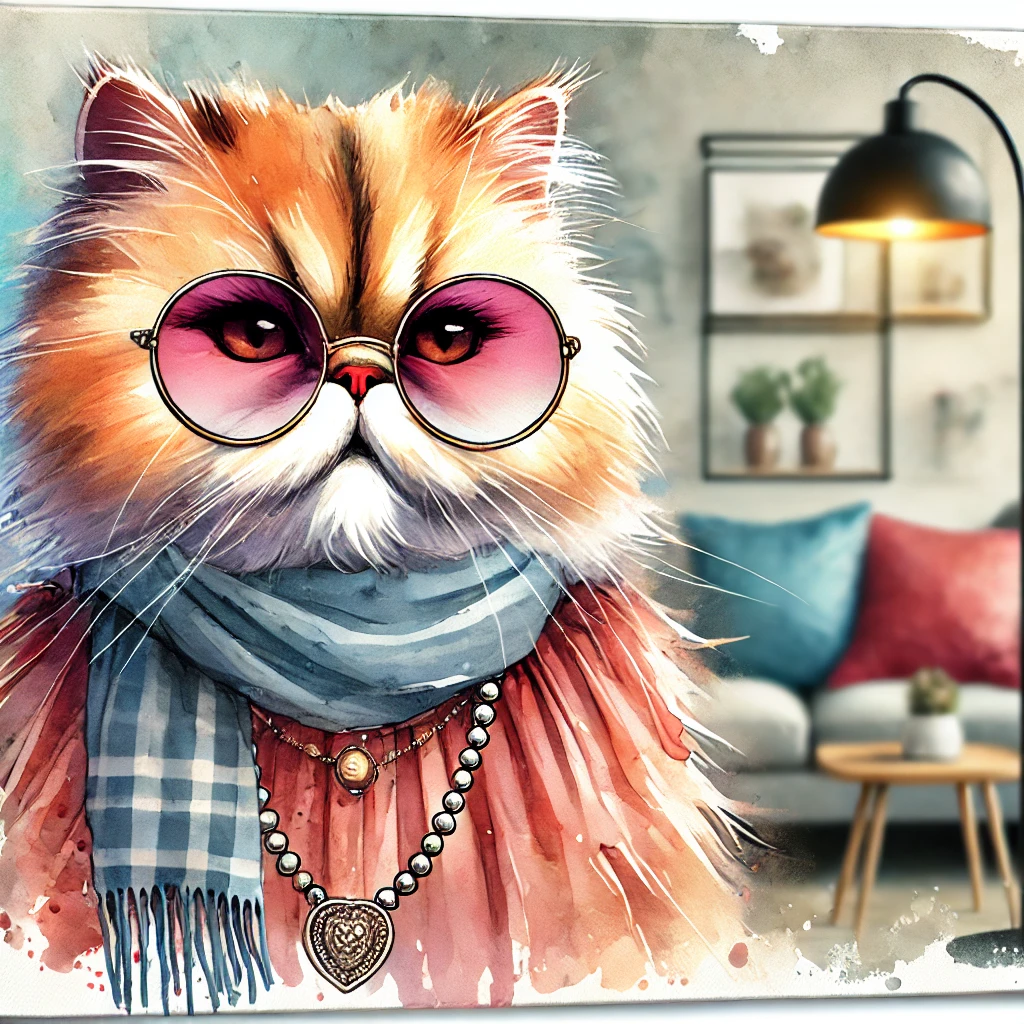
Purrsilla is a trend-savvy Persian cat with a sharp wit and a flair for fashion and home decor. Known for her sassy, no-nonsense writing style, she captivates readers with her blend of practical tips and creative insights. Whether she’s dishing out the latest trends or offering stylish home decor advice, Purrsilla’s articles are always engaging and full of personality.

1. Choose a Theme
Start by selecting a theme that guides your art choices. For a pet gallery wall, this might be as broad as “pets and people,” or as focused as a specific breed, color scheme, or even a pet’s life stages. A clear theme helps tie the collection together while leaving room for creativity.
2. Pick a Color Palette
Consider how your gallery wall will complement your room’s existing color scheme. You might choose classic black and white, muted tones, or a vibrant mix of hues. Let one key art piece guide the palette and use it to maintain harmony throughout your selections.
3. Determine the Location
Pick a space with visibility and presence—something you’ll see and enjoy daily. Entryways, staircases, living room walls, and hallways all work beautifully. Measure the area and decide whether you want a structured grid, a floor-to-ceiling display, or an eye-level arrangement for balance and flow. You might consider going outside of the lines and go ceiling to floor or a little wider from wall to wall.
4. Establish the Style or Vibe
Define the overall mood of your wall. Is it vintage and romantic? Minimal and modern? Eclectic and bold? Your style will influence frame choices, types of artwork, and even how typography and decorative elements are incorporated. Choose a single element that helps to balance the vibe is a great way to create a cohesive look even when your wall is very eclectic.
5. Find the Focal Point
Choose one standout piece to anchor your gallery wall. It doesn’t have to be perfectly centered, in fact, slightly off-center arrangements often feel more natural and dynamic. Build around that focal point with supporting pieces that vary in shape, texture, and medium. The focal piece often picks up the main colors of your palette allowing all other pieces to balance.
6. Decide on Frame Guidelines
To maintain cohesion, choose whether you’ll stick with a single frame color (like all black or natural wood), a consistent style, or mix and match intentionally. You can also go frameless with stretched canvases or mounted prints. Just keep your “rules” consistent throughout. You might start with a collection of mixed frames in every color, shape and size and paint them all one color to create the look you are going for.
7. Mix Up the Scale
Vary the sizes of your art to create rhythm and visual interest. Combine small sketches, medium prints, and one or two larger pieces for balance. Avoid using all pieces of the same size unless going for a very structured, gridded look. Choosing a few horizontal pieces to balance vertical also adds to the look.
8. Keep Budget and Custom Pieces in Mind
You don’t have to break the bank to create a meaningful gallery wall. Combine custom artwork (like commissioned pet portraits) with personal photos, digital prints, and affordable finds. Start with one inspiring piece and build around it over time. You might also include a few handmade pieces or photographs you have taken. Changing the size from a standard 4×6 photos will take your photos to the next level.
9. Plan Your Spacing
Spacing can make or break your layout. Whether you go for a tight cluster or spaced-out arrangement, keep the gaps between pieces consistent both vertically and horizontally. This creates a polished, intentional look, even in an eclectic design.
10. Leave Room to Grow
A gallery wall doesn’t need to be finished all at once. Leave intentional space to expand your collection. Add new pieces as you discover them—at local art markets, through gifts, or after special pet milestones.
Watch How It Is Done
Youtube is a great resource for tips, tricks and how to’s from creating a gallery wall to the best way to measure and hang a single photo. Take a little time to do your research and save the anguish and frustration that others have felt before you. Here is a simple gallery wall video to help get your started.
Bonus Tip: Pre-Layout Before Hanging
Use painter’s tape and paper templates, or lay your pieces out on the floor to test the composition before putting nails in the wall. If you’re more spontaneous, that’s fine too—just take a photo of your floor layout to guide you as you hang. Here are a few great tools, kits and gadgets to help making your gallery wall installation a breeze. Check out Smartphone gallery wall planner apps like Canvy or Wallapp. Wallap allows you to plan and design your pet art gallery wall before you get started, such smart technology.
Helpful Tips
- Measure your space first and define your “art zone”
- Lay out pieces on the floor or use painter’s tape to outline frames on the wall
- Keep spacing consistent—typically 2 to 3 inches between pieces
- Use paper templates (trace your frames on craft paper and tape to the wall)
- Choose one unifying element (color, frame style, subject) to tie it all together
- Include unexpected elements like mirrors, small shelves, or sculptural items
- Don’t be afraid to revise—it’s just a wall, not a contract
Explore these shops to help get you started!
Creating a gallery wall is one of the most joyful and personal ways to decorate—and when it includes our pets, it becomes even more special. It’s a chance to celebrate the love, laughter, and little moments that make life with animals so meaningful. So have fun with it. Don’t rush the process or aim for perfection. Let your wall evolve over time, move pieces around, and leave space for new finds or future memories. The beauty of a gallery wall is that it grows with you—and with every wag, purr, and pawprint, it becomes even more a part of your home. Here are some great resources to help you start the process.
Find out more unique ways to add pet art to your interior design.
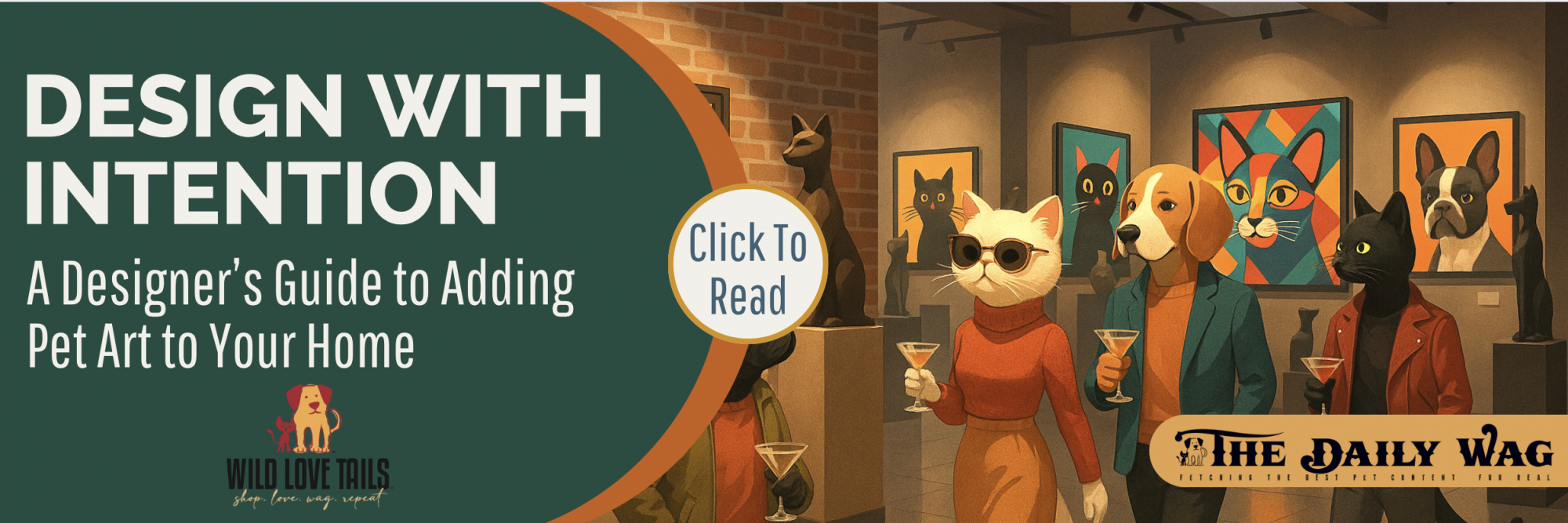
GET TO KNOW US BETTER















